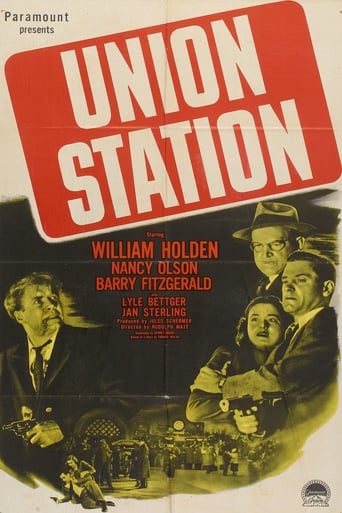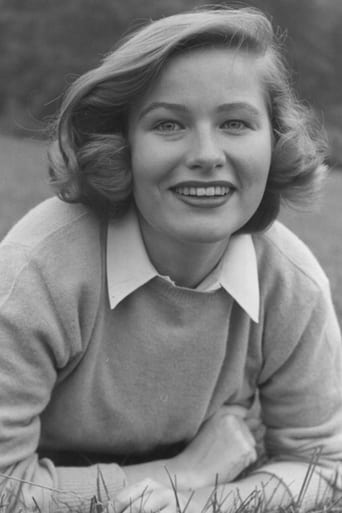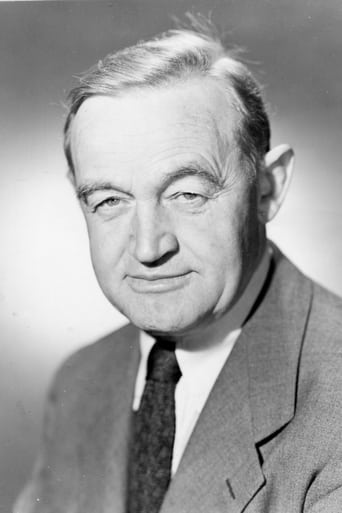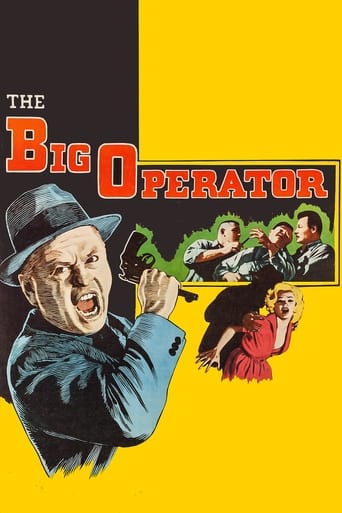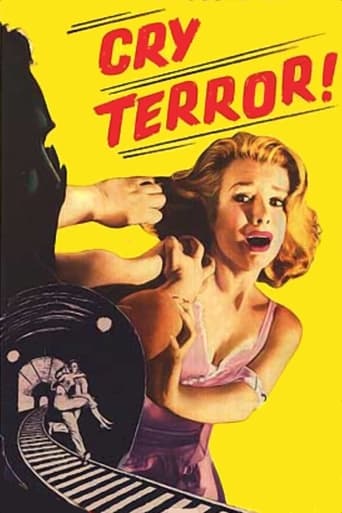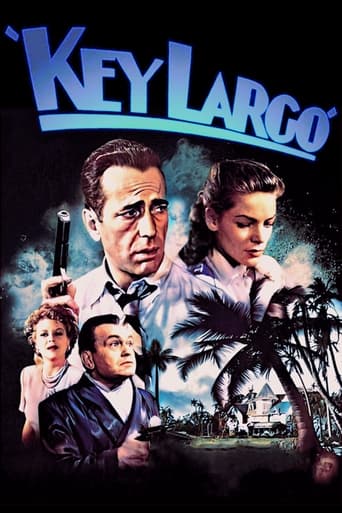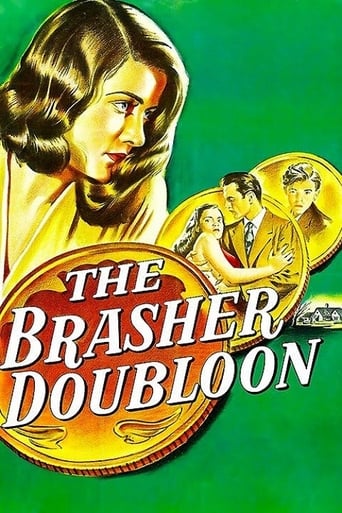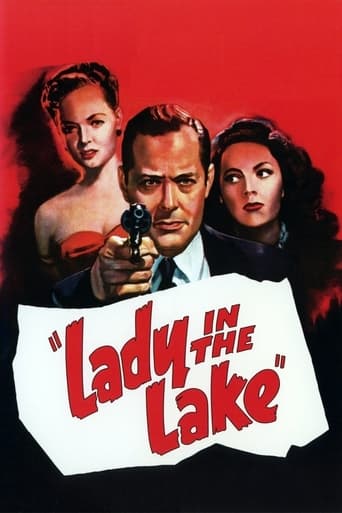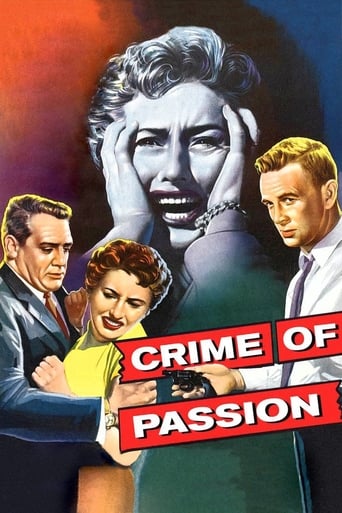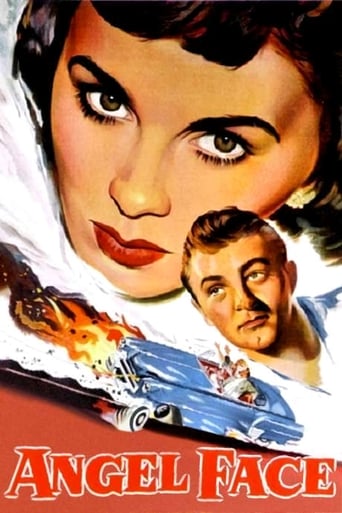Union Station (1950)
Police catch a break when suspected kidnappers are spotted on a train heading towards Union Station. Police, train station security and a witness try to piece together the crime and get back the blind daughter of a rich business man.
Watch Trailer
Free Trial Channels
Cast


Similar titles
Reviews
Such a frustrating disappointment
Purely Joyful Movie!
Fantastic!
The story, direction, characters, and writing/dialogue is akin to taking a tranquilizer shot to the neck, but everything else was so well done.
Not just a must-see for train buffs, this excitingly tense thriller will keep most audiences on the edges of their seats. And it even looks good and generates plenty of excitement on TV.William Holden and Nancy Olsen had just made a big hit in "Sunset Boulevard", so Paramount went all out to infuse taut entertainment qualities into "Union Station". They succeeded magnificently. The strong plot was forcefully put across with crisp dialogue, interesting characters, personable acting, a vivid setting, tight direction, atmospheric photography, sharp pacing and solid action. It all added up to gripping excitement, and absolutely cliffhanging suspense.
Union Station (1950)I saw "Sunset Blvd" right after seeing this one, and it really is pretty cool that the two leads here were in such different films. And with such ease. William Holden is the key actor in both cases--in the sense of screen time, of course, but also screen presence. But Nancy Olson as a kind of sweet stereotype is right on. Good stuff to build a movie around.Or the other way around. Certainly in both cases there is a core concept that the actors fit into. "Union Station" has, by way of its title right off the bat, a clean focus. Holden plays William Calhoun, head of security for a fairly large train station in an unnamed town. The crime almost doesn't matter--it's a kidnapping with ransom--because we never quite feel for the victims (hostage and hostage's family) so much as feel the investigation happen. And key there is an odd and believable clash (romantic clash) between Calhoun, who has to do his job, and Olson's character, who is a typical person who wants to do good but doesn't understand the cool machinations of police work.The first half of the movie is more interesting for its turns of plot. It leads us through the various stages of the discovering the crime and the nature of its extent without pushing. It's quite a nice insider look at the logic of it. Then the second half turns to more action--chasing and drama pure and simple, with some of the best low light shooting you can ask for. This is the era when studios are moving away from shooting on lots to finding locations to work in, and some of the scenes are fabulous. The stock yard chase toward the beginning is fabulous, and all the ventilation tunnel scenes at the end equally so. The station itself, which takes up the bulk of the movie, is interesting and nicely contained. This is a movie you can simply "watch" for its visual flow, and the sites. In fact, I did this twice, almost by accident, because I was tired in the first round and wanted to see what I missed. In terms of plot, nothing much shows up the second time around, but the editing and photography are really so fine you can watch it all twice no problem.Back to "Sunset Blvd." then--there is on some level no comparison between the two, as movies, even if there are lots of overlaps in time and cast. It's not just that Billy Wilder is a far more inventive and interesting director than Rudolph Mate, but the intentions were far bigger. "Union Station" is a formula picture. It's not even a film noir, but an action drama with low key light and vigorous photography. It's worth noticing that Mate is a photographer, and was director of photography for some seriously wonderful movies. And he has a handful of great films to his resume, too. So he attacked what must have been an obvious boilerplate movie and made it really really good. Check it out.
I liked this film for a lot of reasons. The first and foremost is Lyle Bettger's interpretation of a true psycho. Bettger was in a class to himself when it came to playing crazed killers and generally evil guys. He doesn't disappoint here.The plot, although not necessarily unique, is taut and moves along at a fairly rapid pace. The blind daughter of a wealthy family is kidnapped and held for ransom. Enter railroad detective William Holden and the LAPD in the person of Barry Fitzgerald and the chase is on. Nancy Olson is along for the ride and the film is peppered with some of the great character actors of the day.Throw in a bit of graphic police brutality and a great chase through the underground and you've got a neat little film. However, the screaming blind hostage never shuts up.......she screams continually until you really don't care if she ever is rescued. But of course she is, Bettger gets his come-uppance and Holden and Olson hold hands. Very tidy and enjoyable.
Back when America took the train for out-of-town travel, depots were full of hustling, bustling travelers, rather like today's airports. Judging from the opening scenes, you might think half the folks in those stations were petty criminals and the other half were there to catch them. Actually, the movie's a pretty good thriller. The railroad cops are led by Holden who's after a kidnapping gang who've grabbed a blind girl (Allene Roberts), while Barry Fitzgerald heads the local cop contingent.There are some good imaginative touches, such as the stockyard scene, and the final chase through an underground tunnel. These, along with some good location photography and a documentary style approach, help build a general air of suspense. However, the documentary style is also interrupted by rather obvious studio sets, a none-too-convincing romance between Olson and Holden, and the un-cop like musings of Fitzgerald as comedy relief. Thus we're also reminded at critical points that this is, after all, only a movie.The film has gone down in history books for one particularly memorable scene. In the train station, the cops have caught a gang confederate and need to make him tell the where-abouts of the kidnapped girl. At first, the suspect feigns innocence. Now, in standard films of the day, sentencing pressure would have been brought to bear-- how the guy risks execution should harm befall the girl, along with maybe some mild pushing around. Not here. Instead, the guy is hauled into a back room and rather brutally beaten-- already a big departure from the norm. When he still refuses to talk, he's dragged out onto the tracks, where Holden and company dangle him before an on-rushing locomotive. Wild now with fright, the suspect spills his guts. To my knowledge, this is either one of the only films of the time, if not the only one, to show cops not only beating a suspect, but torturing him as well. It comes as a startling departure from what audiences had come to expect from the forces of law and order. How it got past the censors is beyond me.Of course, we already know the guy is a gang member, so we may want to excuse the extreme police methods. But keep in mind that movies are inherently a medium of manipulation. A good film-maker can make an audience root for almost anything or anybody if he loads the deck correctly. Suppose in this case the movie hadn't tipped us off early about the guy's guilt, and suppose the guy turned out to be innocent instead. Would we feel the same way about the police methods. I doubt it, but however you respond, this remains an entertaining 90 minutes with a particularly fine performance from Roberts as the trapped blind girl.

